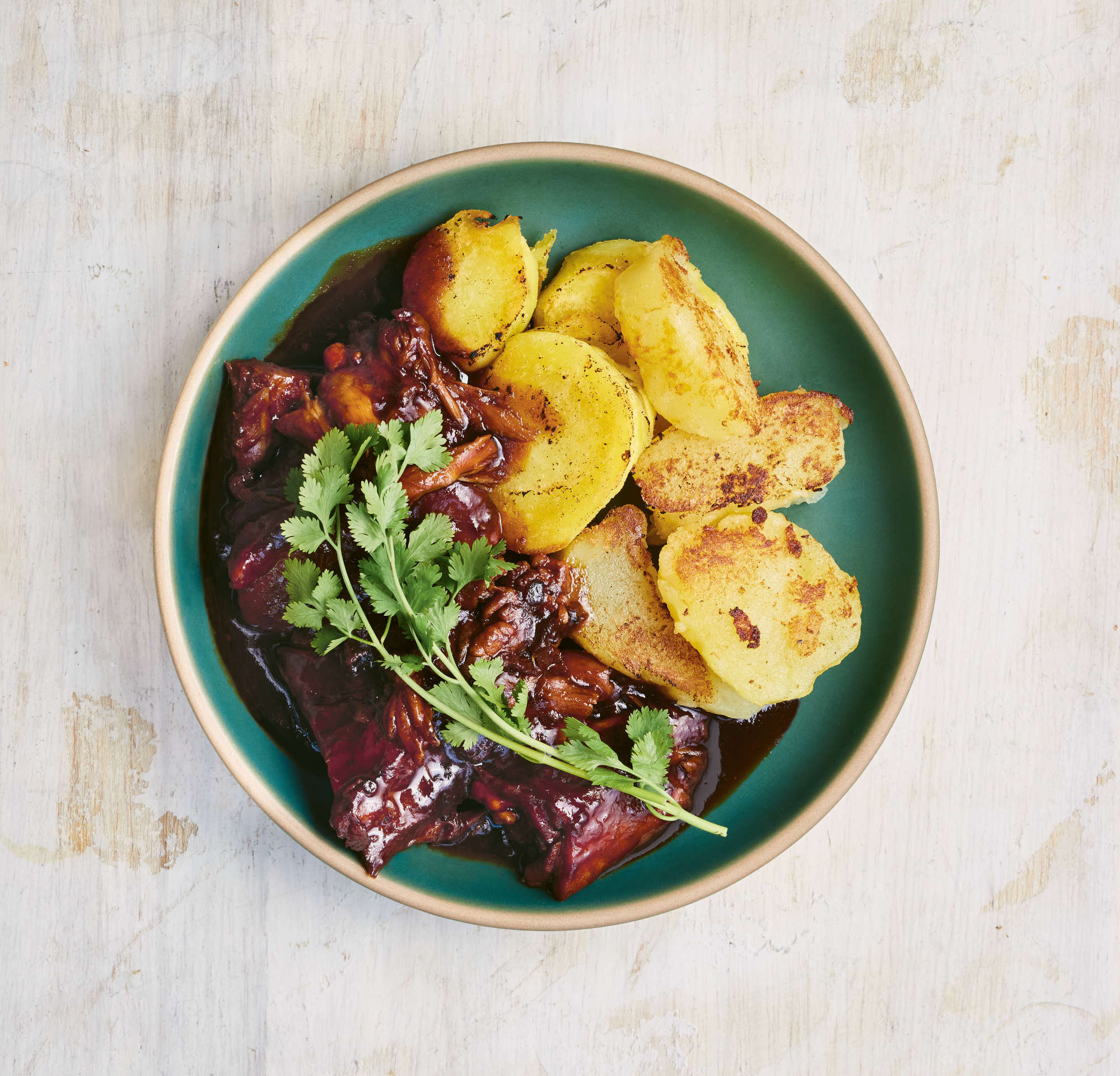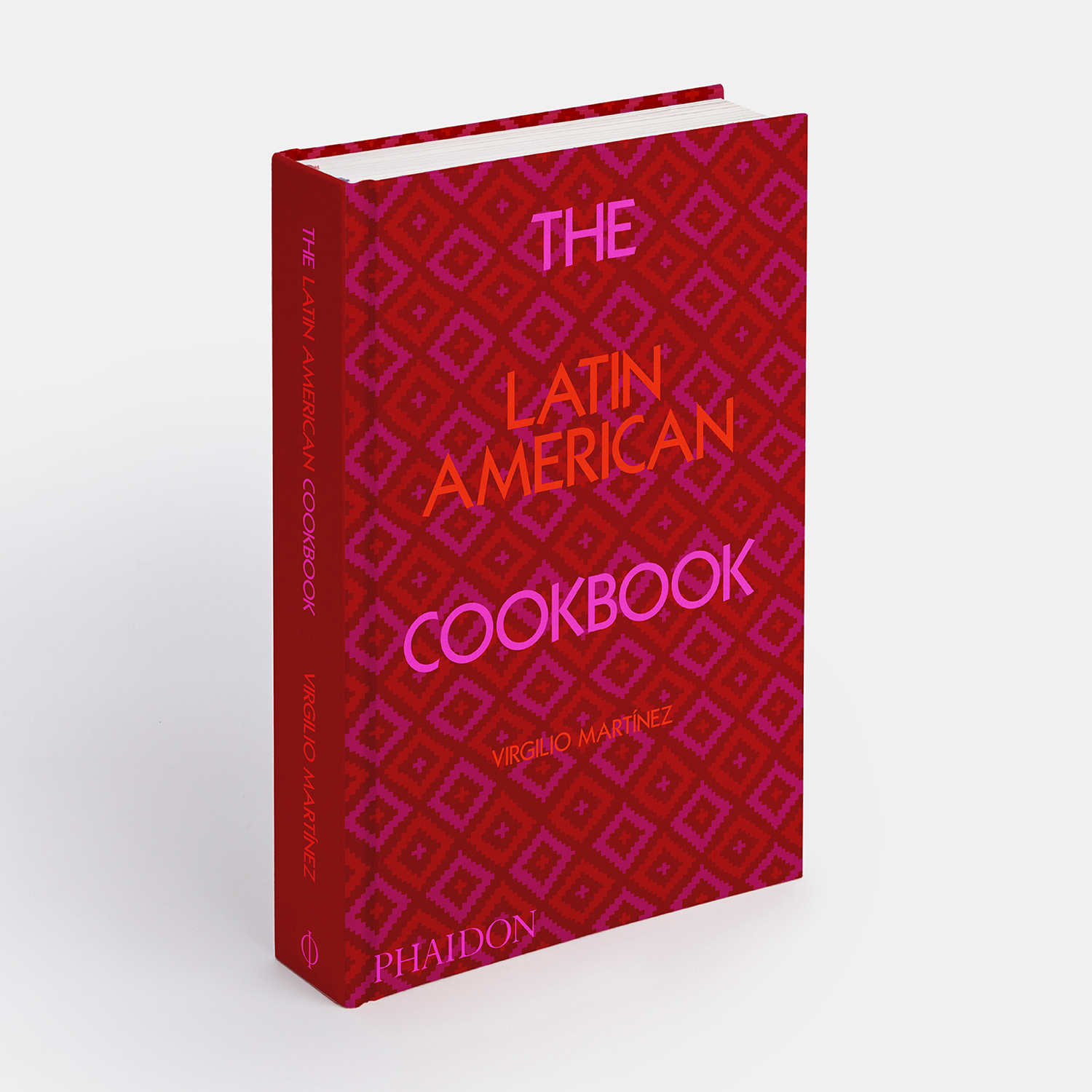
The unusual meat with a familiar taste in the Latin American Cookbook
Ever tried cooking with Peruvian camelid meat? Our new Latin American Cookbook can show you how - and why - you should
Over the past few centuries, plenty of Latin American ingredients have been welcomed into kitchens and onto plates across the world. Maize, potatoes, tomatoes and chili peppers all originated in this part of the globe, and now form part of regional cuisines across the planet.
The Latin American Cookbook features traditional recipes from Mexico, Chile, Brazil, Peru, Venezuela, Argentina and elsewhere in Latin America, demonstrating how these ingredients and others were cooked in years gone by, and how food is prepared in this part of the world today. Its authors, the Peruvian chef Virgilio Martínez, the James-Beard-nominated writer and photographer Nicholas Gill and Mater Iniciativa, have collected together 600 recipes, as well as detailed documentary images and short, descriptive essays, shedding light in well-known and less well-known regional specialities.
A few, such as tacos or ceviche, will be familiar to most diners; others might seem a little strange, even if their taste is strangely familiar. In the chapter headed Native Meats & Insects (turn to these pages for fried grasshopper recipes) the authors distinguish between the culinary merits of Latin America’s camelids, or camel-like mammals.

“Llamas and alpacas were domesticated several thousand years ago in South America,” explains the book. “The larger llamas were prized as pack animals, though their meat was eaten as well, often dehydrated to make charqui [a Quechua term for dried meat, from which we get the English word ‘jerky’]. Smaller than llamas, alpacas were raised primarily for their wool and meat, which is lean, a little bit sweet, and has a mild flavor similar to beef. Alpaca makes for a good substitute for beef, just grilled over high heat like a steak (no more than medium or it gets very tough), or ground for burgers.”
You could also try the Peruvian dish, alpaca in spicy sauce, featured in this new book, which combines chunks of alpaca loin with white wine vinegar, garlic and local ají panca chile paste. “The mild flavor of alpaca absorbs the flavors of the spicy, vinegar-based marinades called adobos of southern Peru quite well,” the Latin American Cookbook explains. And if camelid cuts are hard to come by, you could always swap in some beef.
For the full recipe as well as much more besides, order a copy of The Latin American Cookbook here.